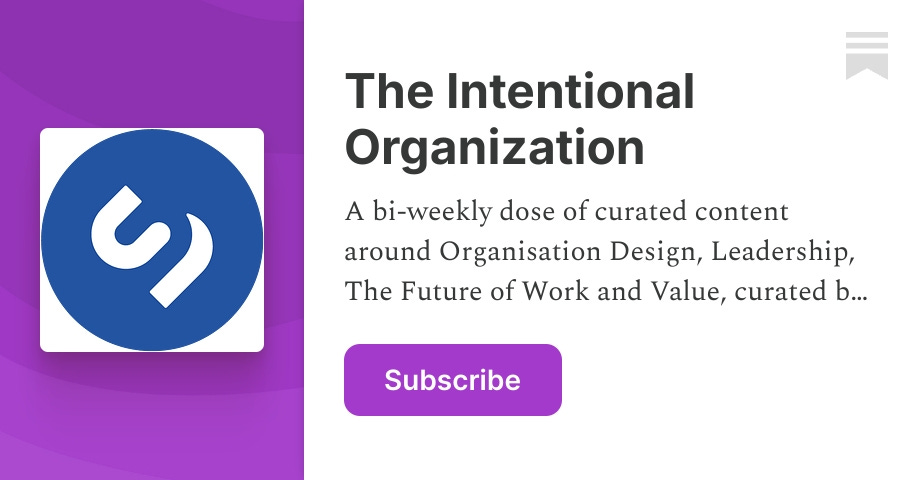INSIGHTS ON WORK, ORGANISATION DESIGN, EXPERIENCE, LEADERSHIP AND CHANGE.
Featured Essay
Leadership Models: The Theory and the Practice
 Leadership Models: The Theory and the Practice
Leadership Models: The Theory and the Practice

Organisation
The Ultimate Quest for the Meaning of Work. Introduction
 The Ultimate Quest for the Meaning of Work. Introduction
The Ultimate Quest for the Meaning of Work. Introduction

Work
Latest Articles
Growing Human Resources Professionals today.
 Growing Human Resources Professionals today.
Growing Human Resources Professionals today.

November 30, 2021
People
Build your Skills: Networking and Collaboration
 Build your Skills: Networking and Collaboration
Build your Skills: Networking and Collaboration

January 24, 2020
People
About Me
People are the heart of every organisation. Results are only reached by the people and through the people. This is what I think true HR should work for. - Sergio Caredda

Book Reviews
Dancing Bears: True Stories of People Nostalgic for Life Under Tyranny
 Dancing Bears: True Stories of People Nostalgic for Life Under Tyranny
Dancing Bears: True Stories of People Nostalgic for Life Under Tyranny

Witold Szablowski
How to Survive the Organizational Revolution
 How to Survive the Organizational Revolution
How to Survive the Organizational Revolution

Ard-Pieter de Man, Pieter Koene and Martijn Ars
It Doesn’t Have to Be Crazy at Work
 It Doesn’t Have to Be Crazy at Work
It Doesn’t Have to Be Crazy at Work

Jason Fried and David Heinemeier Hansson
The Job: Work and Its Future in a Time of Radical Change
 The Job: Work and Its Future in a Time of Radical Change
The Job: Work and Its Future in a Time of Radical Change

Ellen Ruppel Shell
Uncharted: How to Map the Future Together
 Uncharted: How to Map the Future Together
Uncharted: How to Map the Future Together

Margaret Heffernan
Organization Evolution Framework

Introducing the Organisation Evolution Framework - a visual representation of Organisation Design Components.
Now in Version 2.0! Access the introduction page and give your feedback. The Framework can be downloaded as PDF as well.

















